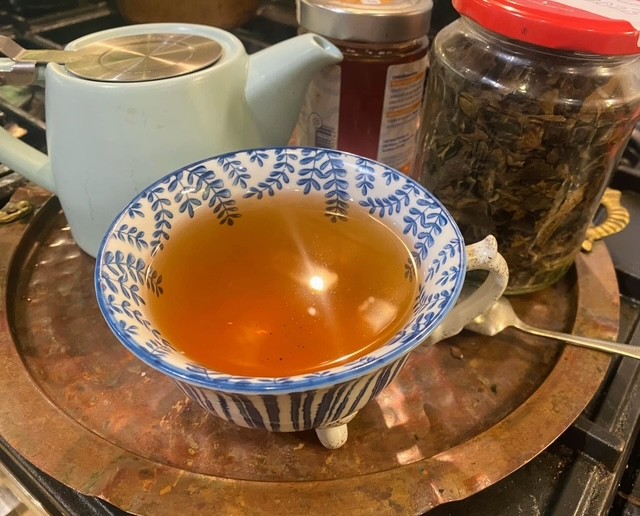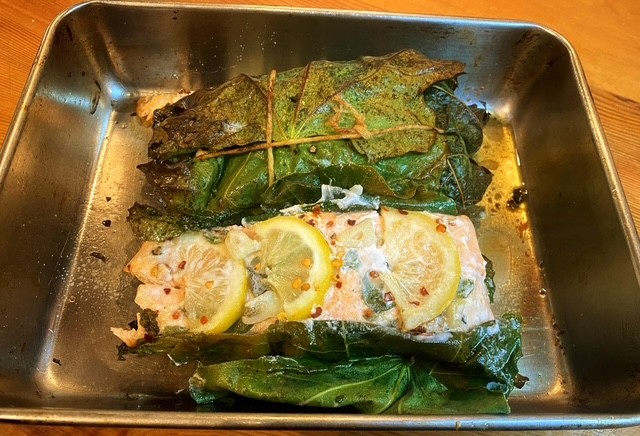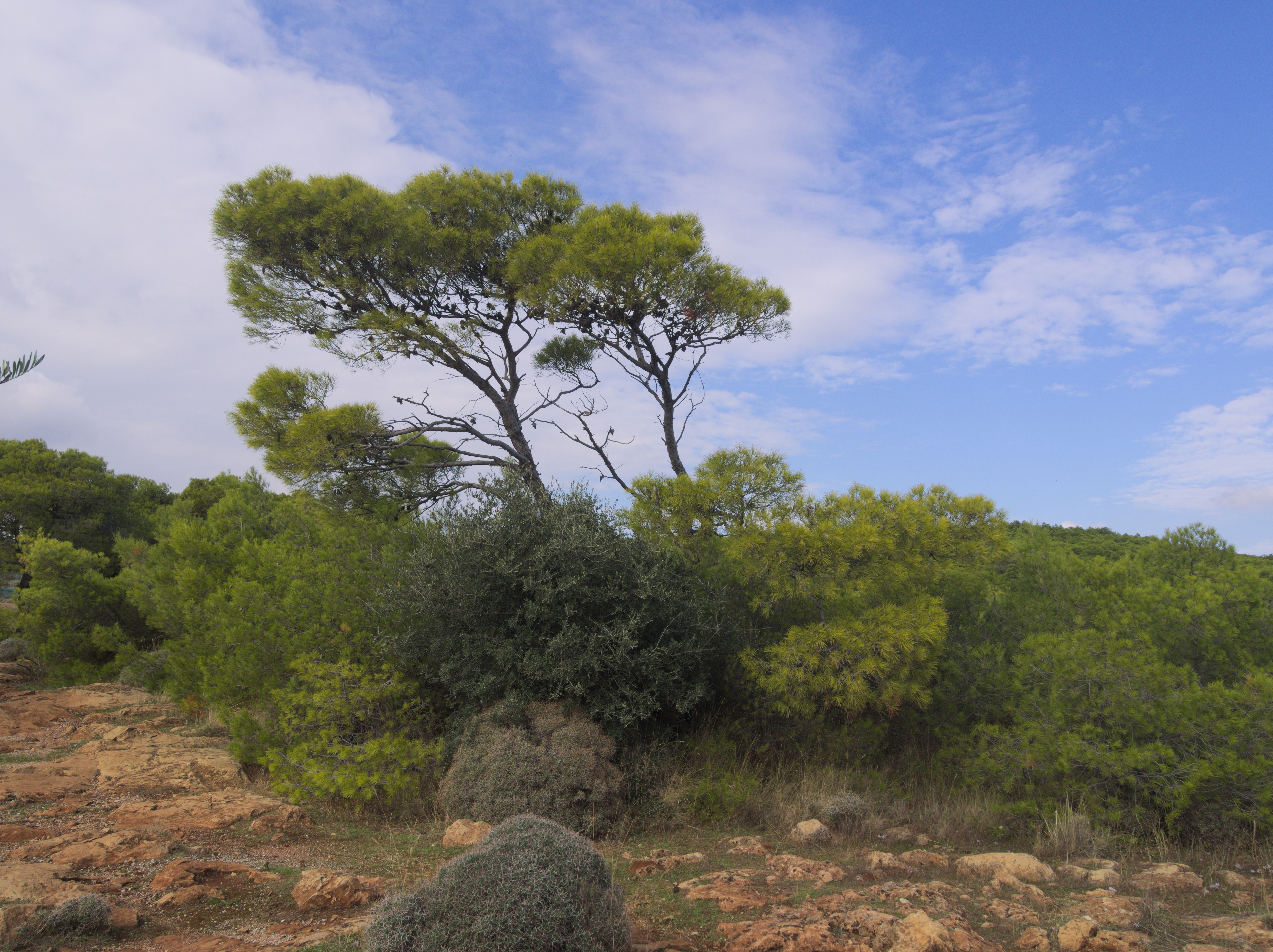Make the most of seasonal fruit with these traditional tastes
If you have a fig tree in your garden, this is a perfect time of the year to put them to good use. Fig leaf tea, made from the leaves of the fig tree, has a number of health benefits, some of which include potential anti-diabetic properties, antioxidant and anti-inflammatory effects, and possible positive impacts on heart health. You can use fresh fig leaves or dried ones with fresh are not available. Give it a shot!
The tea can help with: reducing sugar level in people with diabetes; promoting good sleeping patterns and fighting insomnia; helping to lose weight, curbing sugar cravings and boosting metabolism; lowering cholesterol levels and reducing high blood pressure; it contains anti-tumour properties; it is high in fibre; it helps neutralise acid in the body, lowering the risk of cancer; helps increase breast milk; if the fresh leaves are mashed, they can be used as a skin cleanser for acne and pimples.

Fig Leaf Tea
For fresh leaves: wash 6-8 leaves thoroughly. Place in a saucepan with 4 cups of cold water and bring to a boil. Reduce the heat and simmer for 8-10 minutes. Remove the leaves and serve the tea. Add a little honey.
For dried leaves: Pick nice medium leaves from different areas of the tree. Wash the leaves by running them under cool water and then patting them dry with kitchen paper towel and cut stems off.
Preheat the oven to 140C.
Arrange the fig leaves on a cooling rack set on a baking sheet. Dehydrate in the oven for approximately 25-30 minutes, check to see if they are completely dried.
Remove from the oven to cool. Crush the leaves with your hands and store in a clean glass jar, keeping them to use throughout the year.
Making a pot of tea
3 tbsp dried fig leaves
2 cups water in pot
2 cups water to fill pitcher
Honey or sugar(optional)
Simply steep a tablespoon full in boiling water for 10 minutes. Strain it and drink.
Or to make a pot of tea, bring 2 cups of water to a boil in a small saucepan. Add the fig leaves, turn the heat down and let it simmer for 4-5 minutes. Strain water into teapot or a jug and pour about 3 cups hot water.
Pour the tea into tea strainer and serve warm or cool over ice, sweeten with honey or sugar if desired.

Salmon Fillets Baked in Fig Leaves
I use the leaves from the fig tree in my garden, and this year I have an abundance of fresh green figs and young large tender leaves. It’ll be a while until the figs ready, and to be honest, in the UK, especially in the north where I live the amount of figs that ripen is very small. Fig leaves are beautiful at this time of the year and add a great mediterranean flavour to food when used to wrap and cook it. Cooking in pouches, known in French as en papillote or “in paper,” is a method of steaming foods in their own juices, with all of the dish’s components wrapped up together in the pouch – sauce included! I think using fig leaves is better as they add a gorgeous lightly smoky and coconut aroma to the fish. Try them, you will impress your family and guests.
Serves 2
2 x 240g salmon fillets
6 large tender fig leaves
2 tablespoons virgin olive oil plus extract for brushing the leaves and baking tray
1/2 lemon, sliced
A few chilli flakes
1 garlic clove thinly sliced
Few sprigs of fresh oregano or thyme
Preheat oven to 200C.
Wash fig leaves well in warm water and pat dry with kitchen paper, cut the stems off.
Brush the leaves and a small roasting pan (it’s best to use one that fits the salmon perfectly) with olive oil.
Drizzle salmon fillets with olive oil and season with salt and pepper.
Place salmon fillets on 2-3 fig leaves, shiny side up, sprinkle the fish with chilli flakes and a few sprigs of fresh oregano, and slices of lemons on top. Wrap in the fig leaves like you would a present and tie them with butchers twine – this is a good option when your leaves aren’t super pliable.
As the fish cooks the leaves will form a secure wrapping around the fish. Place the roasting pan in the hot oven and bake for 12 -15 minutes, until cooked.
Serve with Briam (roast vegetables) or any other vegetables, or new potatoes or anything you like. I also like to serve mine with a little sweet chilli sauce, but Tahinosalata would be perfect.
Once cooked, place them on serving plates, cut the string and let your guests open the parcels themselves at the dinner table. They will be very impressed!
Loulla’s book My Kosmos My Kitchen can be ordered from www.amazon.com or www.austinmacauley.com/book/my-kosmos-my-kitchen. For more traditional Greek and Cypriot recipes and inspiration, join Loulla’s Facebook group Loulla’s Recipe Share







Click here to change your cookie preferences